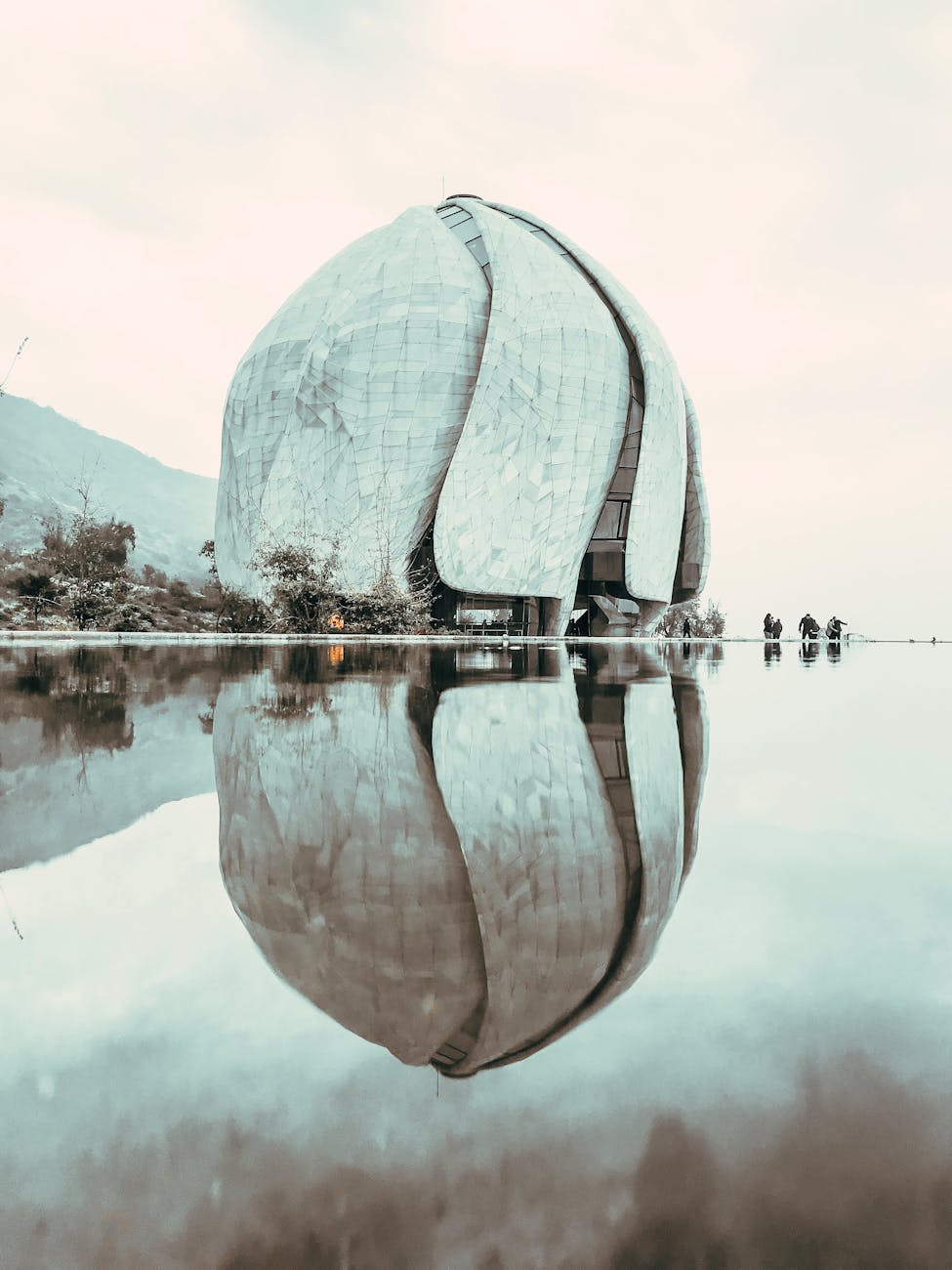Activism, amongst other things, involves being willing to bring ideas to people on an unsolicited basis when they’re not necessarily asking for it? So, what happens when you bring the future to them?
Stuart Candy
At the latest edition of Revolutionizing Activism: The Power of Utopia, Stuart Candy (Berggruen Fellow at the University of Southern California and Director of Situation Lab), alongside best-selling author Cory Doctorow, and cultural studies scholar Terry Marshall (Intelligent Mischief) explored the generative capacity of utopia for activism. The dynamic trio discussed how utopia can be used to impact how we both envision and live in the present and future.
What do we mean by utopia?
Each of our panelists presented a unique and interconnected ideal of utopia. And all three of our panelists challenged the Oxford definition of utopia as “an imagined place or state of things in which everything is perfect.”
Rather, they discussed utopia as an ideal that serves us better when it is active, rather than when it’s stabilized as the ideal of a “perfect place”. Cory Doctorow noted he believes in a “utopianism of hope, rather than a utopianism of optimism,” while Terry Marshall’s presentation honed in on black utopianism, which is founded on collective power, love, repair, and restoration.
So, how is an active utopia useful for activists? Well, here are three ways utopia can help strengthen the vision of your advocacy:
1. Worldbuilding
Terry Marshall notes as activists, we’re rightfully skilled at pointing out the problem, but sometimes forget to spend as much time on expressing the vision we truly want: “At Intelligent Mischief use world-building to help people map out their vision. World-building is a literary framing device used by writers to create a context for a system and includes defining history, laws, nature, geography, culture, myths, values, within which stories take place.” Why is this useful for activists? Marshall shares that activists can use world-building to create something from their utopia or world they want. “World-building creates new forms of devising social activism beyond current limitations.”
2. Bring the Future to the Present
Stuart Candy alongside collaborators Jeff Watson and Jake Dunagan has spent over a decade designing media from the future and bringing it to the present. These “gorilla futures overlap the space between strategic foresight – ways of systematically exploring possible futures, and tactical media– activism that is temporary opportunistic and engages in the critique of the dominant order.” What does this look like in practice? Candy highlighted numerous projects, including postcards from a future Chinatown in Honolulu to envision the future of the neighborhood. You can read more about gorilla futures here.
3. Climb the Hill
Cory Doctorow noted that sometimes it can be difficult to know where to even begin, so in typical writer fashion he shared a metaphor. “Hill-climbing analogizes the idea of [being] an ant, that only has front-facing eyes. So the ant can’t look up and needs to traverse the terrain around it to get to the highest possible ground that it can reach. The local maximum, most closely available to the ant is to locate the high ground that it can find. And rather than trying to map the terrain, which is not a thing the ant can do, instead, it can ask itself, which of these legs is on the highest ground and it can take one step in that direction. And then when it reaches the point towards new terrain it does it again. This is the heuristic of hope. We have to ask from the paths that I can see around me, which path takes me closest to the goal that I want?”
We hope you check out the discussion, and let us know what you think about the potential of utopia for advocacy.
And for further reading about utopia check out our book, The Art of Activism.
For more information about Revolutionizing Activism, click here.



